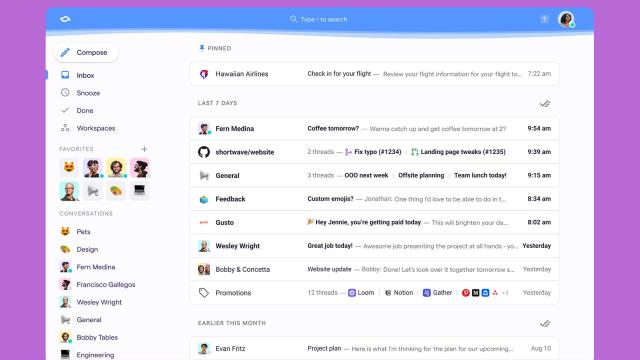As dominant as Gmail is when it comes to email services and clients, it’s by no means perfect — and there are plenty of third-party apps and add-ons that build on the foundations of Gmail to give you an enhanced experience.
One of the newer entrants in the field is Shortwave, built by a team that includes some ex-Googlers who worked on Firebase. Like the gone-to-soon Inbox by Gmail, it builds on top of Gmail, so you can keep switching back and forth between the two.
The new service also borrows some features previously seen in Inbox, like the bundling of emails into specific types. In short, it tries to modernise email with splashes of apps like Slack and Trello, and we’ve pulled together five reasons to give it a go.
And give it a go you can do — Shortwave is free to use unless you need advanced features for teams and more than 90 days of search and email history, so you can try it out and see if it suits your needs without having to pay anything.
1) Emails get treated as tasks
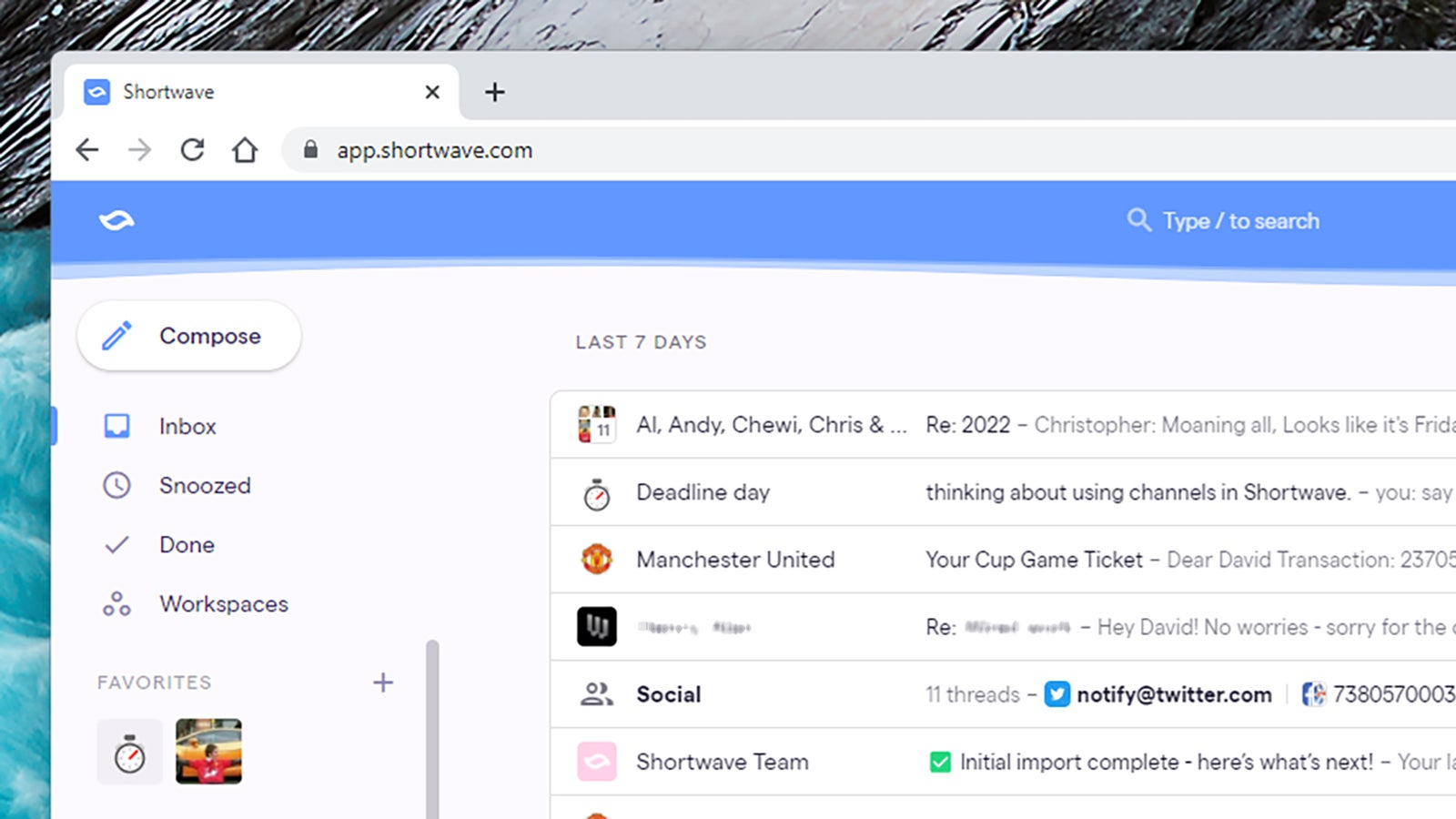
At this stage, a lot of us are using our inboxes as to-do lists anyway, so it makes sense for Shortwave to go all in. Emails and email threads can actually be marked as ‘done’ inside the interface, and you can see all of your ‘completed’ messages by clicking on the Done link in the navigation pane. It’s a little tweak that might do wonders for your productivity.
You’ll see the little ticks up in the corner of emails and bundles of emails, and you can even mark entire pages of messages as completed in one go. Once that’s done, they disappear from the main inbox view, though you can always bring them back. It’s a little bit like marking emails as read and archiving them in one fell swoop.
2) Bundles collect batches of emails
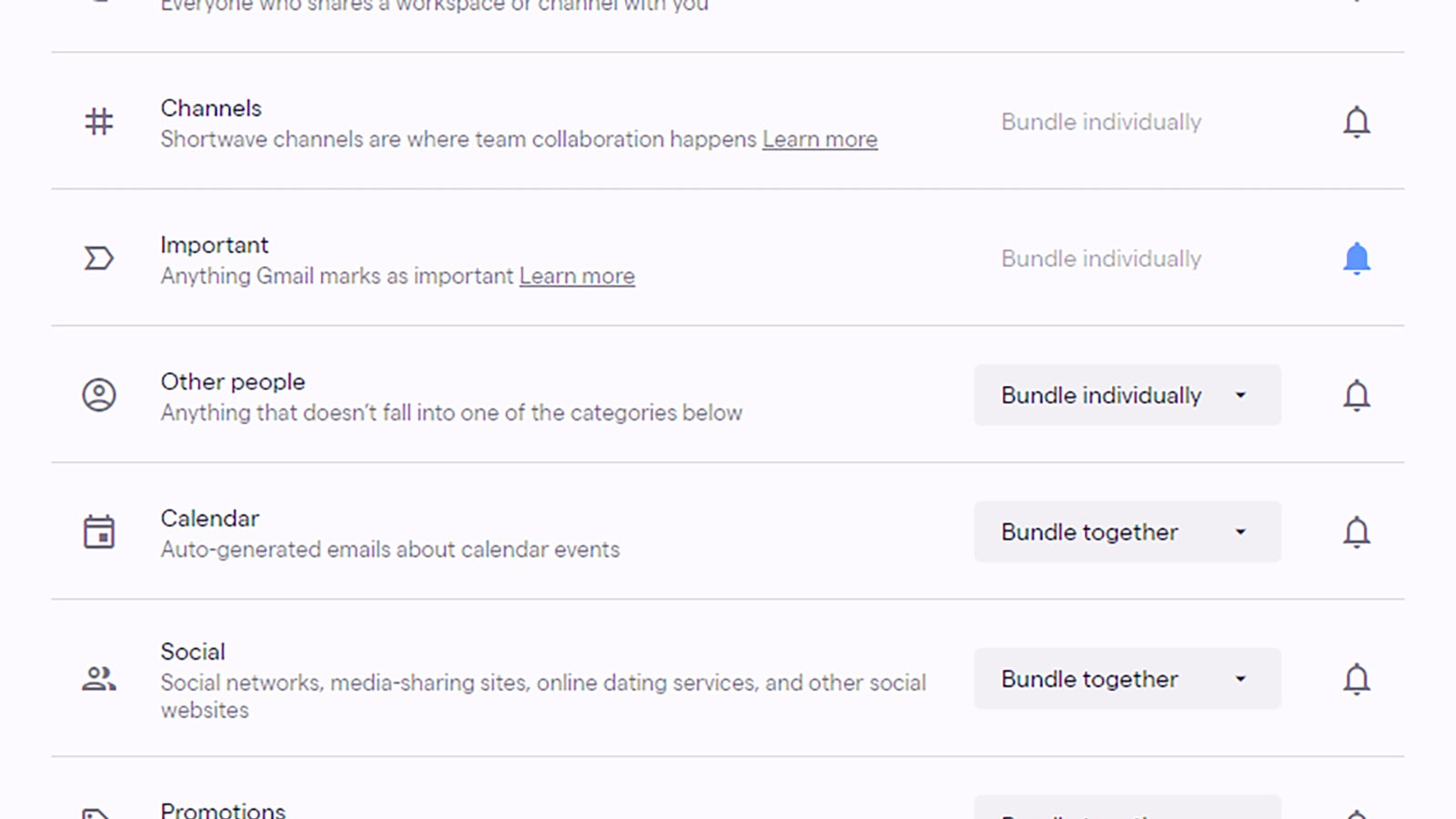
One of the best features that Shortwave brings over from the old Inbox by Gmail is the bundling of emails together in groups — this works both by sender (so all the messages from the same address are kept together) and, in some cases, by email type (calendar notifications, for example), and that makes for a cleaner, more intuitive inbox layout.
You get some control over how this works through the Shortwave settings page, and the app borrows from the categories that Gmail already uses (promotions, forums, social, and so on) to keep your inbox neat and tidy. Workspace channel messages can be bundled together as well, but if you don’t like the bundling behaviour then you can switch it off.
3) The focus is on people
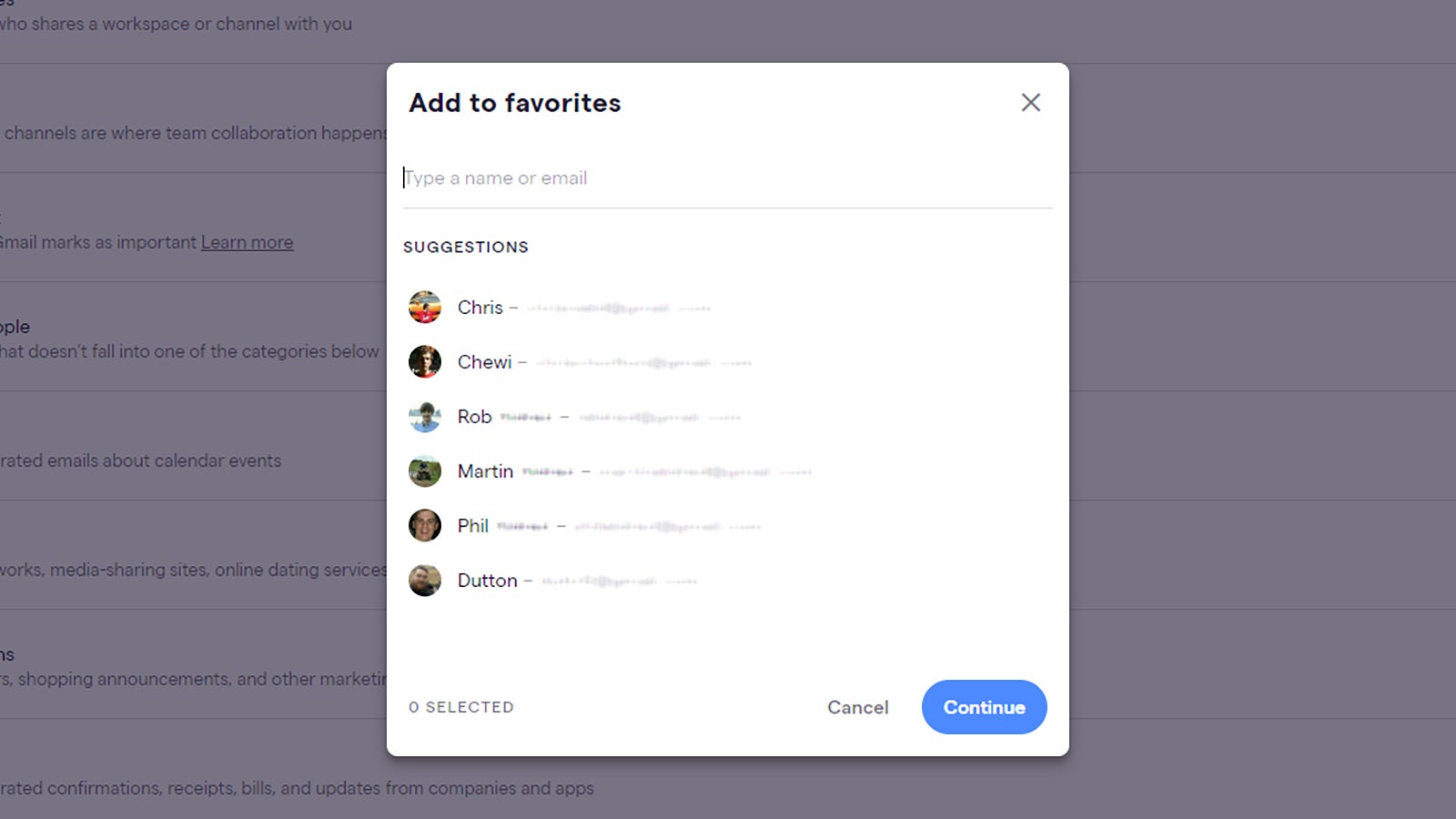
As soon as you connect Shortwave to your Google account, you’ll notice a list of people appearing down the left-hand side — these are the contacts that you’re in touch with most regularly in Gmail, and you can see at a glance who you’ve been chatting with and which of these people you currently have unread messages from (those names will appear in bold).
This person-centric approach makes more of a difference than you might think, encouraging you to view your email account more like an instant messaging service. Instead of seeing a daunting mass of emails, you see a list of actual people that you’re having conversations with, and you can quickly jump to the most important threads.
4) You can fine-tune notifications

Getting pointless emails in your inbox is one issue, but then getting alerts about all of these messages is another — when you’re getting notified in exactly the same way about the most and the least important messages that are arriving, email isn’t really working as well as it should. This is another problem that Shortwave attempts to provide a fix for.
When you sign into the service for the first time on the web, you can click the Start setup button under Customise your inbox to choose how emails are organised and which ones trigger push notifications — you can choose particular types of emails (like calendar notifications) as well as messages that the Gmail algorithm has labelled important.
5) Workspaces and channels are supported
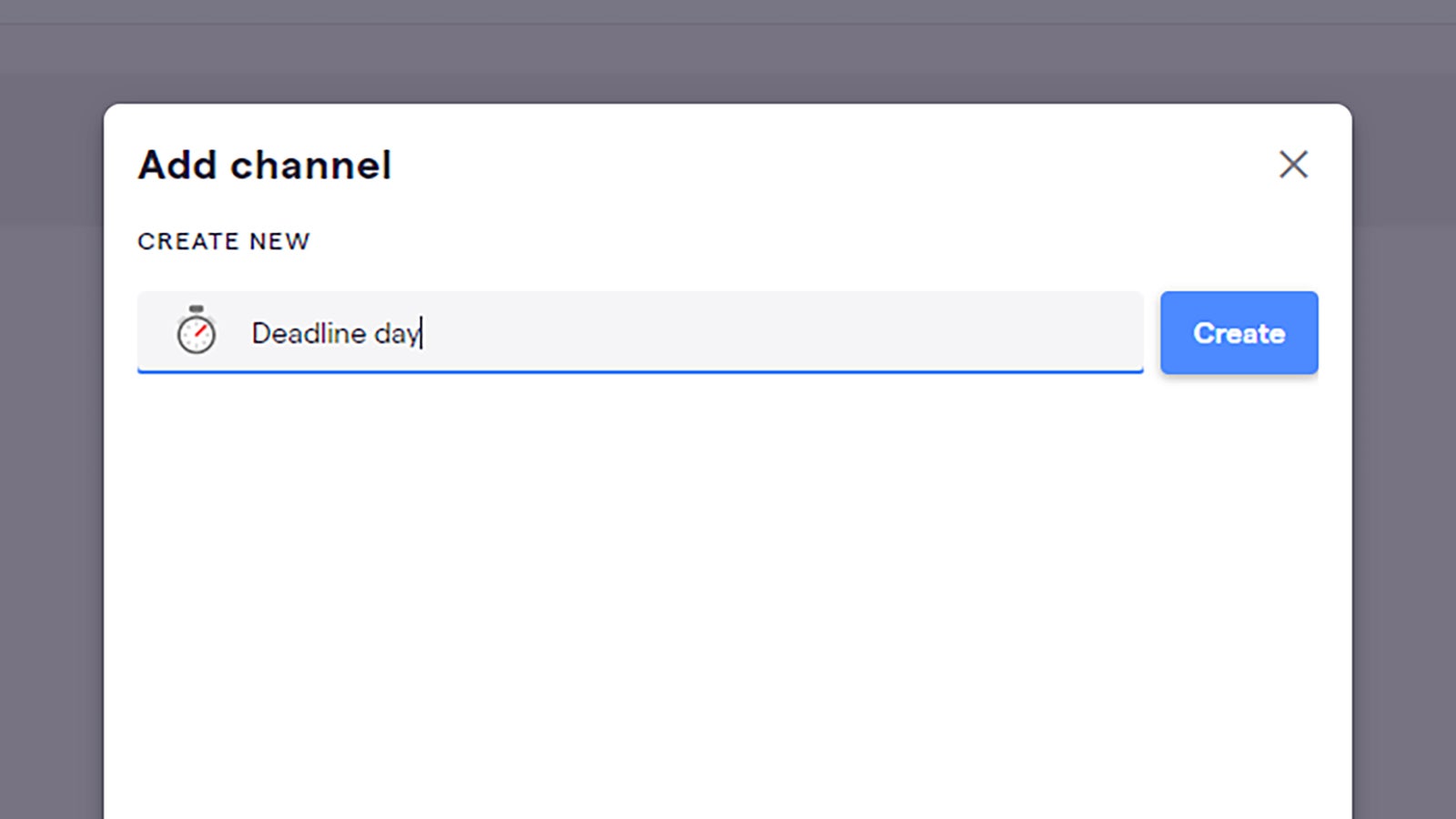
Apps like Slack and Discord have changed our digital communication habits, and many of us are now comfortable messaging in channels. If you’ve never used them before, they’re like supercharged group chats where you can arrange events, collaborate with colleagues, discuss common topics, and more — and support for them is built right into Shortwave.
Channels exist inside workspaces, and you’ll see a Workspaces link on the left of the Shortwave interface on the web. Everything works much as it does in Slack or Discord, with support for threads and links and file sharing, and threads can also show up in your inbox too if you want. More advanced workspace features require a paid subscription.
